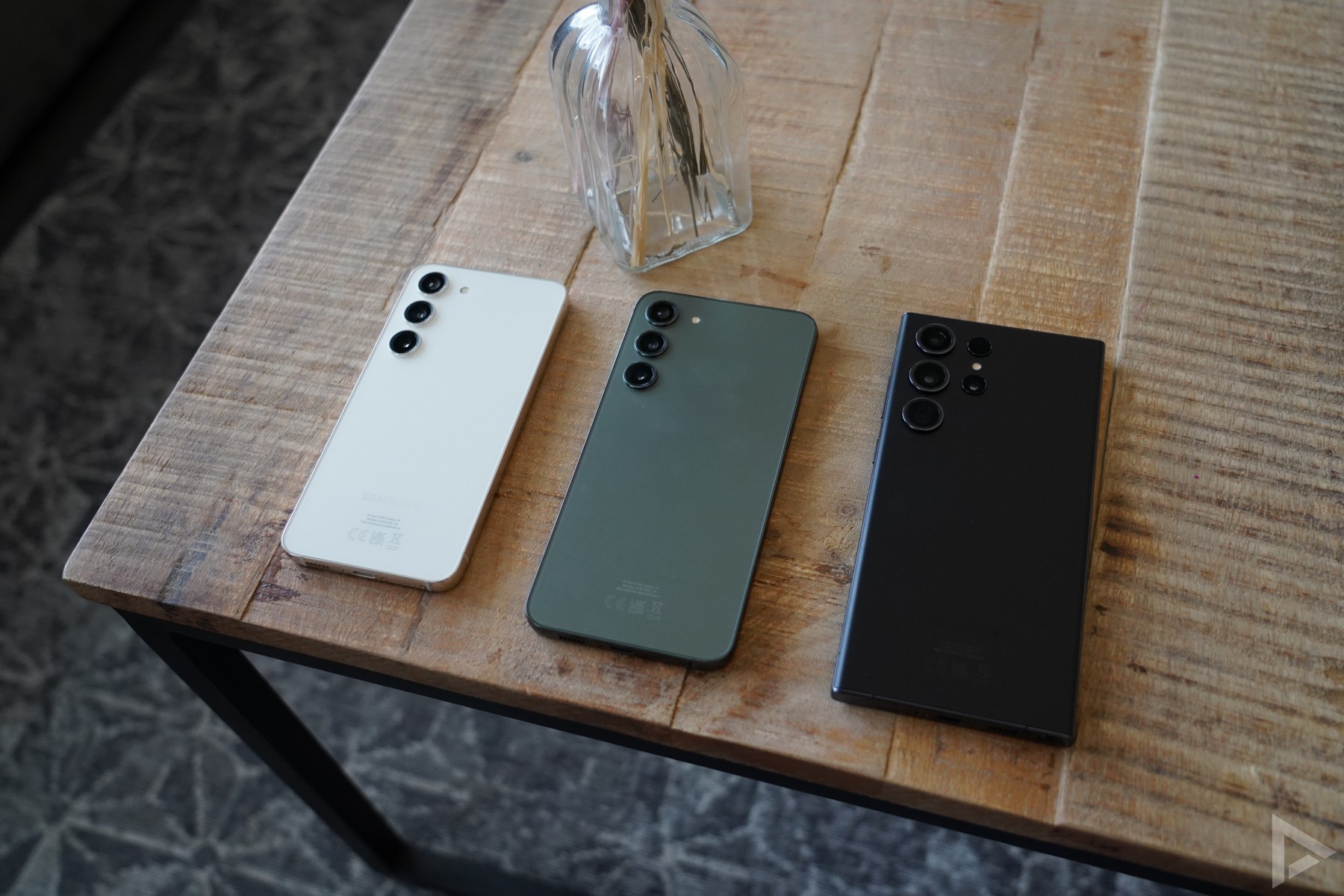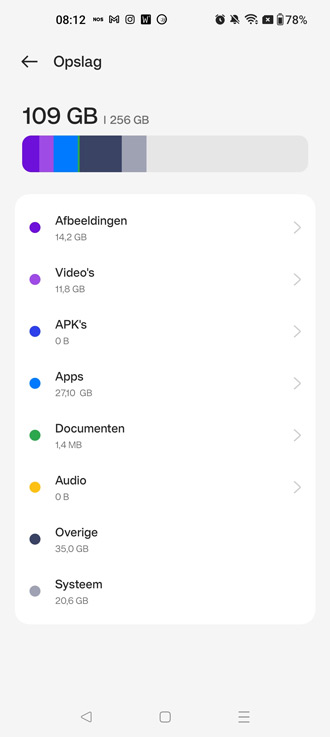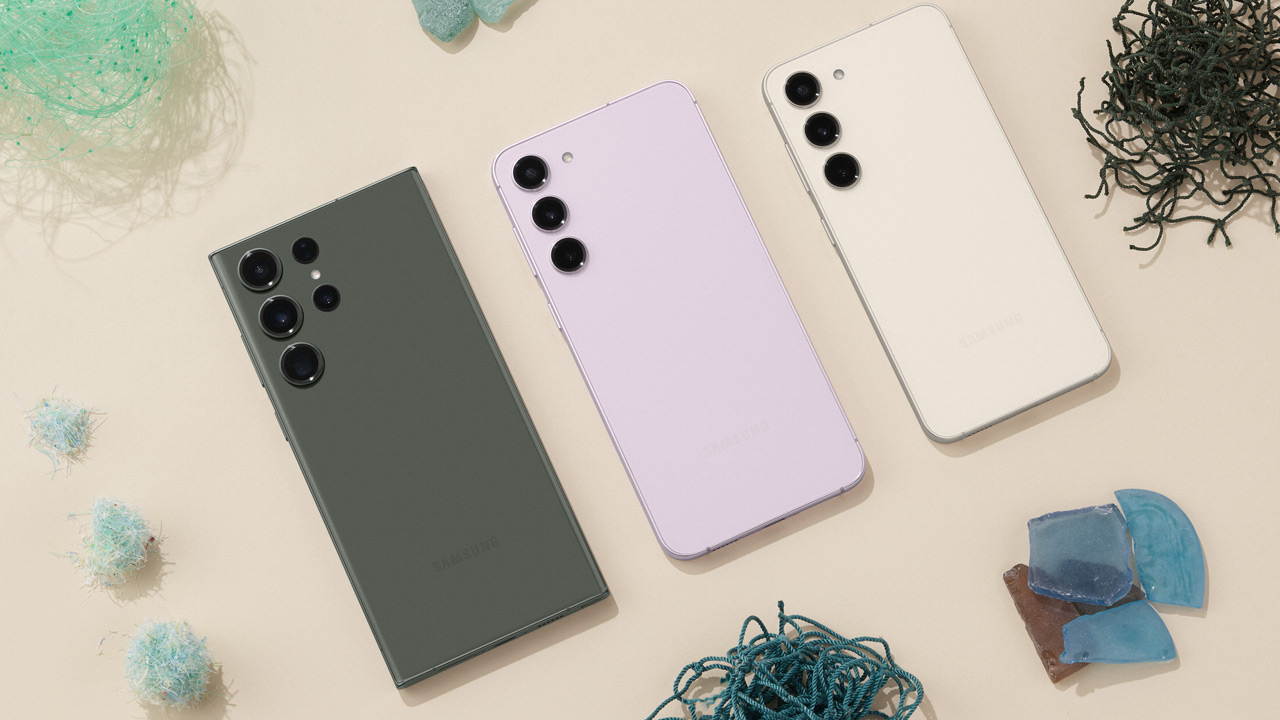Samsung Galaxy S23 series itself uses a lot of storage space: that’s really how it is
Samsung announced the Samsung Galaxy S23, the Galaxy S23+ and the Galaxy S23 Ultra last week. Now the three smartphones are less positive in the news; the new devices demand quite a lot from the storage space of the phone.
Used storage space at S23 series
Samsung will dominate the market this year with the devices from the Galaxy S23 series. At least that is the expectation. We already wrote in our Galaxy S23 preview that the company has made several improvements to release a successful product. This results in the Samsung Galaxy S23, the Galaxy S23+ and the Galaxy S23 Ultra. Not everything is positive, however, according to reports that are now surfacing. The message is about the storage space used by the system itself. This is going up considerably.
The problem seems to affect all models in the S23 series. Alex Maxham, a writer for Android Headlines, reports that the Galaxy S23 Ultra takes up 57GB for the system with him. Another user reports that 37 gigabytes of memory is being purchased on his Galaxy S23. That is not too bad, if we look at the review models from the S23 series here. The review sample of the Galaxy S23+ only requires 77.18GB of system space here. With the Galaxy S23 Ultra, this increases to no less than 117GB.
The news is striking. With the Galaxy S22+ that we have here, the system memory only takes up 27GB. With the Pixel 7, this is only 14GB. Samsung seems to keep more space free with the S23 series. This concerns, for example, system apps, but also free space for apps from providers and systems, for example. In addition, the collaboration with Microsoft ensures that various Microsoft apps are already pre-installed on the smartphone.

It is striking that Samsung has not chosen to apply seamless updates. This will split the memory into two partitions, one of which has the Android system installed. This causes more memory consumption. Samsung does not offer this on the S23 series so it cannot be the source of the problem.
That’s really how it is
What else is a reason for this? That’s what the colleagues of Android Headlines have figured out. The difference is in the reporting of the storage on the phone itself. And we can confirm that here with some test models in the editors. Part of the system storage contains space used by the system itself. Another part is used for the cache of, for example, your installed apps. There is also a difference in the terms gigabytes and gibibytes. A phone with 1TB actually has 931GB of storage space. This is the following conversion method: 1,000,000,000,000 bytes = 976,562,500 KB = 953,674 MB = 931 GB. A technical explanation about this can be found on Wikipedia. A smartphone with 512GB actually only gets 476GB. A difference of 36GB. If you subtract this from the 57GB mentioned earlier, this comes out to about 21GB for the system memory.

Other manufacturers display this differently on their smartphones. We see this on our review copy of the OnePlus 11. There we see that the system requires 20.6GB of storage space. While there is also 35.0 GB under other. This is much less with the Samsung models.
An extra consolation: you get a big discount from Samsung throughout the month. You then get a Galaxy S23 variant with more memory for the same money. You also get many other benefits.

Check out our special product page for more news, specifications and prices.

Check out our special product page for more news, specifications and prices.

Check out our special product page for more news, specifications and prices.



